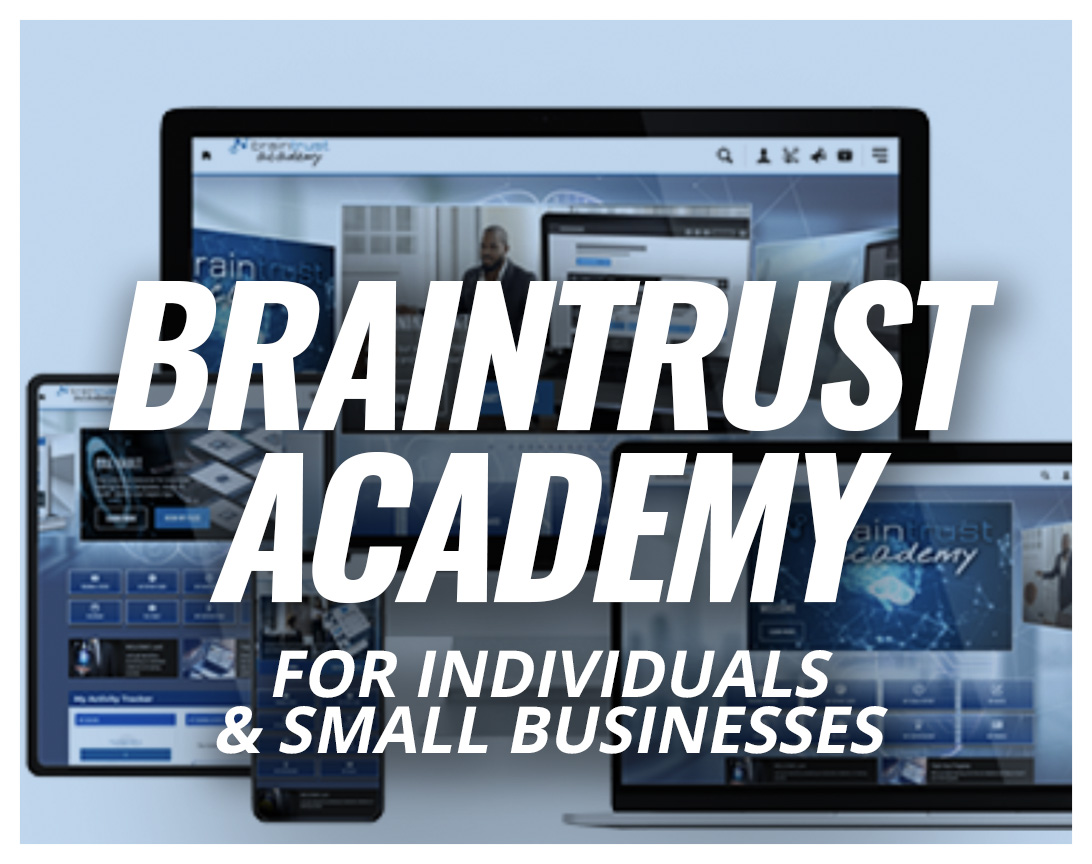Why Understanding This Can Eliminate The Need To Discount Your Price
Written by Franc Godri
8 Min Read
Early in my career, I had the privilege of living in Europe allowing me the opportunity to travel to parts of the world that I had always wanted to visit. One of these locations was the country of Tunisia. I distinctly remember a trip to one of the local village markets, and the best way to describe the experience was “organized chaos”.
The smells were pungent and the volume of human voices was deafening. I would watch as patrons would be negotiating and haggling the price of an item with the vendor. It all began with the customer asking “how much?” It was an emotional and almost theatrical display of disgust at the initial asking price, which led to the vendor becoming angered at the then counter-offer. I watched this continue for sometimes up to 5 minutes and inevitably an agreed-upon price would almost always be arrived upon. (By the way – it never ended with them just splitting the difference.)
How much?
Why does this question create so much emotion? Let’s explore both sides of the transaction and what you need to do as the seller before you answer the “how much” question.
From the customer’s perspective, any purchase transaction first:
- creates a cascade of thoughts (memories), then
- generates a cascade of emotions (all memories have an emotion attached to it), which
- triggers a cocktail of neurochemicals that finally will
- drive a particular behaviour.
One of the brain’s primary functions is to protect itself so it will always look at any situation through the lens of self-preservation which means, thinking through worst-case scenarios. This is the primary driver of a buyer’s anxiety. As sales professionals, we need to understand that this deeply rooted dynamic is always in play and the good news is…
It can be minimized through the buying conversation.
A second factor to consider is the anchor point. This is the price/value the buyer has in their head as to what the items or service should be priced at from their perspective. I speak to this decision-making bias in detail in a past blog.
So, what is a sales professional to do when you have both biology and psychology seemingly designed to work against you?
You begin by changing the emotion attached to the buying experience and ensuring the proper anchor point, we can move the conversation from negative emotions and thoughts of “how is this salesman going to take advantage of me” to creating a deeper relationship by solving the customer’s meaningful problem. Here’s the rub: you truly must care about the customer’s problem more than how the customer can fix your problem (quota and $$).
To accomplish this, part of the process is to learn why they are interested in your product or service from their perspective, we call this the Prospect Story. By taking the time to understand the customer’s goals and challenges, you are having them participate in the conversation allowing you to gather information and language to use later in the conversation.
From there it’s a matter of asking insightful questions allowing you to vacillate between the validation part of the brain (neocortex), where judgment and skepticism live, to the emotional part of the brain (limbic system), where all decisions are actually initiated.
By helping the customer realize why their problem is meaningful, they consciously attach an emotion to the problem (usually negative) that the brain is now motivated to solve or eliminate. Once you help them identify the solution (your product or service), they go back to the validation part of the brain to justify it. We buy emotionally and justify the purchase rationally.
Finally, you need to help the customer discover the cost of not solving their problem through a monetary or identity lens – what will it cost them in their pocketbook or how will this affect their identity (good person, smart person, successful person, etc.). The assumption is that your product or service is priced lower than the cost of their problem. This contrast now sets the anchor point to a value proposition that they can clearly see, which makes the price of your product or service beneficial and valuable to them.
One final thought around an additional benefit of focusing on these steps. You will be building trust and authentic relationships with the customer that will move you from a vendor with products and services to a trusted advisor that will be helping your customers solve meaningful problems. Not only will you differentiate yourself from most salespeople, but this becomes a vocation of helping others in a meaningful way.
At Braintrust we have helped countless sales professionals create a conversation where they learn to discuss the right information, in the right way and in the right order. Visit www.braintrustacademy.com/launch to learn more.




